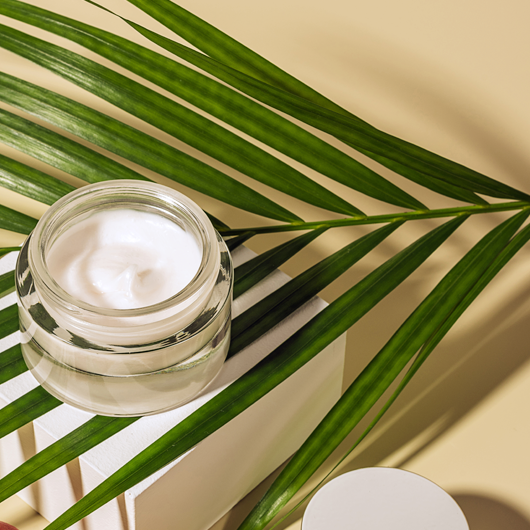Although it sounds rather simple, reading labels can be very confusing. Many ingredients use unfamiliar terms. Some may even include Latin names. The list often contains chemical names that are hard to pronounce. And at times, you will see a prevalent ingredient using a rare name.
This may cause you to scratch your head and ask, “What is that?” It’s almost as if the manufacturers don’t want you to know what is on the item you are buying.

Even though this is not the case, sometimes it isn't straightforward to read a skincare label.
What is an INCI?
INCI is an acronym. It is
on every product label. The INCI is a list of ingredients that are contained in a skincare product. Often referred to as the INCI or International Nomenclature for Cosmetic Ingredients.
The common name to describe a component may also be used. The first ingredient on the label is always the one used the most. Additional ingredients are listed in descending order.
However, if a product has less than 1% of that specific component, those do not need to be listed in order. For example, you are trying to purchase a toner that contains
- 8 oz. Witch Hazel
- 2 oz. Vinegar
- .25 oz. Lavender Hydrosol
- .35 oz. Lemon Hydrosol
- .15 oz. Clary Sage Hydrosol
The INCI may look like this: Witch Hazel, Vinegar, Clary Sage Hydrosol, Lavender Hydrosol, Lemon Hydrosol.
Common Ingredients Found on Labels
Water: Often, the first ingredient in most skincare products. A good substitution for water is Aloe Vera, juice, or hydrosols. They are packed full of nutrients for healthy skin.
You may see more than one type used. For example, a serum containing 90% water may use 45% Aloe Vera gel and 45% Rose hydrosol.
Oils: Many cosmetics contain oils. Oils are good for the face as they provide hydration and hold in moisture. They are even better when finding from organic sources. Make sure that the product contains oils that are right for your skin type.
Avocado is excellent for mature skin but not so great for oily, whereas Grape Seed oil is light and non-comedogenic. Using an oil that is too heavy for your skin type can cause pores to become clogged.
Avoid petroleum-based oils, such as mineral oils, which are known to clog pores.
Glycerin is the most common. A Humectant draws water in from the air, keeping your skin moist. Look for Vegetable Glycerin as it is plant-derived.
Emulsifiers: They help the product bind together and stay intact. They can be natural or synthetic. You may see E-wax, Stearic Acid, Borax, Soy Wax, and Beeswax, to name a few.
Proteins (Peptides): You may see the common name used more often with peptides. However, many labels use the actual name of the peptide. For example, Argireline may be shown as Argireline or Acetyl Hexapeptide 8.
Peptides are the critical ingredient, and you will want to make sure that they are listed toward the front of the list on the ICNI. If they are located towards the end, there probably isn’t a high concentration of them.
Natural Botanicals: Herbal extracts nourish your skin to keep it healthy with essential vitamins and minerals. You may see Calendula, Chamomile, Licorice, Red Clover, Lavender, Green Tea.
Preservatives:
Most used are synthetic such as parabens, Germ-all, etc. There are some natural preservatives such as Radish Root, Vitamin E, and Grape Fruit Seed oil. Typically, they are used at 1% or less.Citric Acid: Is used to lower the ph.
Give color. They make the product look pretty. There are some natural colorants available such as Annatto.
- Saffron produces a yellow color
- Beet is for pink
- Alkanet gives a purplish hue
- GHK Copper Peptide provides a blue tint
Some colorants (not from natural sources) are seen as possible carcinogens. So do your homework in color. Dyes are usually listed at the end of a label because of the tiny amount used.
Label reading is not a mystery, but it does take some time to learn how to read a skincare label. You do need to know what ingredients are and how they should appear. With just a little time and effort, it will become easier to read all skincare labels.








